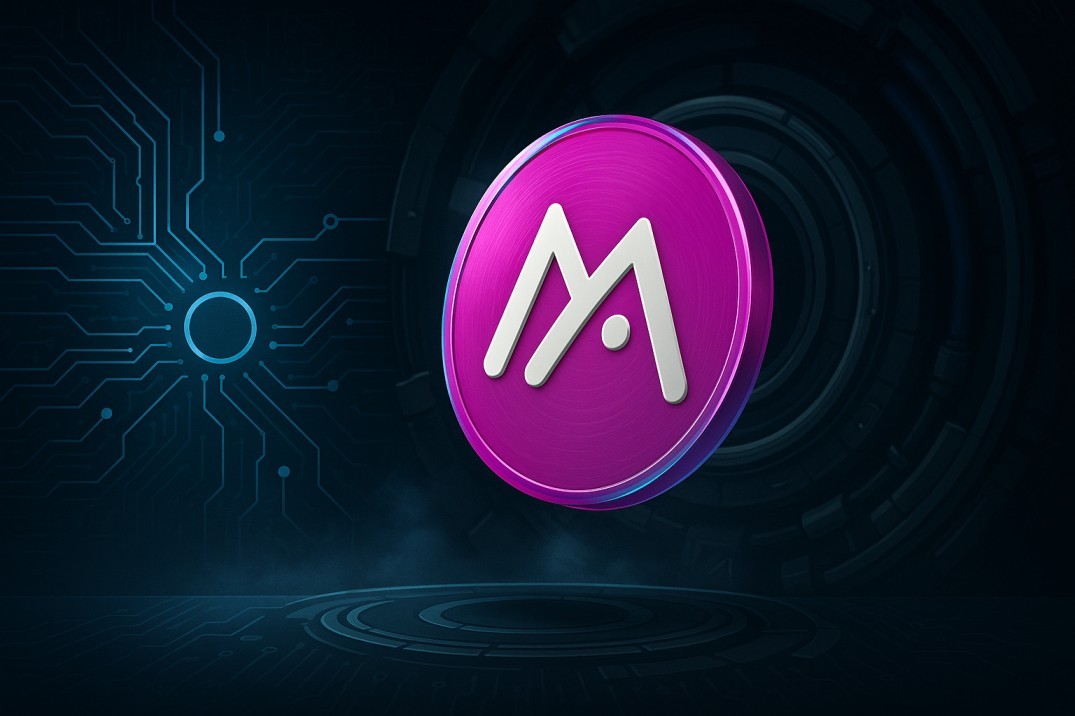TL;DR - What Is Moca Network (MOCA)?
- Moca builds chain-agnostic digital identity infrastructure with a universal account system that spans apps and chains.
- AIR Kit powers seamless onboarding, verifiable credentials, and reputation scores across Web2/Web3 apps.
- ~$MOCA serves as a token for issuing credentials, paying verification fees, staking, and governance.
- Animoca Brands ecosystem gives early portfolio access to 700M+ users via integrations across Mocaverse, SK Planet, One Football, and more.
- Core strength: ports identity and reputation across platforms while preserving privacy and user control.
- Risks: adoption outside the Animoca ecosystem, emerging token economics, and privacy via reputation metadata.
Moca Network is building chain-agnostic digital identity infrastructure for the open internet. It centers on a universal account system that unifies assets, identity, and reputation across multiple ecosystems. Powered by Animoca Brands, Moca taps into a network of 540+ portfolio companies and over 700 million addressable users.
Its key product, AIR Kit (Account, Identity, Reputation), allows Web2 and Web3 apps to embed a unified identity layer-letting users carry their identity and reputation from one app to the next without rebuilding profiles or repeating KYC steps.
The Vision: From Identity to Universal Identity

Digital identity today is scattered. Users juggle multiple sign-ins, platforms track data without consent, and onboarding still requires repeated verification. Moca aims to invert that model.
By giving each user a self-sovereign AIR Account, Moca enables credentials like education, health, or loyalty points to travel across platforms-without exposing raw data-using zero-knowledge proofs and cryptographic security. Animoca Brands' co-founder Yat Siu explains how single sign-on (SSO) systems centralize risk, while Moca Chain seeks to restore control to end users.
The AIR Kit Stack Explained
AIR Kit is a modular identity stack that includes:
- AIR Account: One identity that works across apps, chains, and platforms with both wallet and Web2 login.
- AIR ID & Reputation: Composable reputation traces and verifiable claims plugged into user profiles.
- Decentralized Storage + zkProofs: Credentials can be verified without revealing personal or transaction content.
- Identity Oracle & zkTLS: Enables on-chain verification of off-chain actions, wearable credentials, or health data without compromise.
- Modular permissions: Users decide which apps can access which credentials.
Mocaverse, AIR Kit in Action
Mocaverse: Moca's own consumer platform. Users earn rewards based on identity and reputation via products like Mocana, MocaDrop, MocaList.
SK Planet & OK Cashbag: South Korea's major rewards app integrated AIR Kit via the OKI Club, onboarding 600K+ pre-registered users and activating Web3 rewards within a large Web2 user base.
OneFootball, Animoca Partners: Integration across platforms serving 200M+ users, bringing identity-based utility to sports, gaming, and lifestyle apps.
How It Works: One Identity Across Many Apps

- A user signs up via AIR Kit-using wallet, email, passkey, or session key.
- The AIR Account connects credentials like an NFT, loyalty token, health record, or education proof.
- When a new app integrates AIR Kit, it requests approval and then verifies necessary credentials via zkProofs without needing backend APIs.
- Users set fine-grained permissions for each credential, enabling secure reuse in new contexts.
- Issuers (like universities or health providers) and verifiers pay MOCA tokens to store or validate credentials, closing the value loop.
Because identity is portable and private, users don't rebuild their profile each time they switch apps-or even chains.
What Is MOCA Token?
$MOCA is the utility token that powers Moca Network and supports its identity layer.
Primary Uses:
Transaction fees: Gas for executing identity and credential flows.
Data storage & issuance: Storing credentials and enabling zero-knowledge proofs.
Verification fees: Paid by verifiers validating identities.
Network governance: Decision-making via DAO structure.
Validator staking: L1 layer support for Moca Chain's future identity blockchain.
MOCA ties token value directly to network usage. As users, apps, and AI agents issue credentials, prove identity, or access data, MOCA flows through the ecosystem.
Tokenomics & Supply
Max Supply: 8,888,888,888 MOCA tokens coded on-chain.
Circulating Supply: Approximately 3.62 billion tokens currently.
MOCA economics are built on long-term usage-no inflation gimmicks, just value tied to credential issuance and verification. Further specifics about token allocation and staking may be released ahead of Moca Chain mainnet.
Why Moca Stands Out
- Self-sovereign identity: Users control their data, not apps or platforms.
- Cross-chain and cross-app interoperability: Credentials flow seamlessly between apps and chains.
- Massive distribution advantage: Animoca's portfolio gives access to hundreds of millions of users.
- Enterprise-ready SDK: Developers can embed identity features in apps without heavy backend work.
- Privacy by design: ZK cryptography ensures traded data remains confidential, only proofs are shared.
Risks and Challenges
- Centralization risk: Animoca Brands and early partners wield influence-true decentralization depends on Moca Chain's DAO.
- Adoption friction: Convincing Web2 apps to embed AIR Kit may take time and trust-building.
- Privacy concerns: Metadata or inferred reputations still could create bias or discrimination if misused.
- Token utility maturity: The MOCA payment loop and staking model must prove useful at scale.
- On-chain scaling: High-volume credential verification and storage may demand architectural optimization.
Roadmap: Moca Chain & Beyond
- Testnet in Q3 2025, mainnet launch in Q4 2025.
- AIR Kit remains the default SDK layer for onboarding identity-aware apps.
- Moca Chain introduces zero-knowledge proofs, zkTLS, decentralized storage, and cross-chain Identity Oracle.
- Post-launch tokenomics update will define validator staking, issuance, verification economics, and DAO governance.
Looking Ahead: What This Means
Moca Network stakes out territory few others attempt: infrastructure for identity. If it can maintain user-first control, support app-scale credential use, and keep privacy intact, Moca could shift how identity, login, rewards, and reputation flow across both Web2 and Web3. Onboarding may become smoother and more secure-not through centralized providers, but on user terms.
Whether you're a developer, brand, or just a power user, Moca Network offers a new way to own your online self-and to shape the reputation economy that powers tomorrow.











